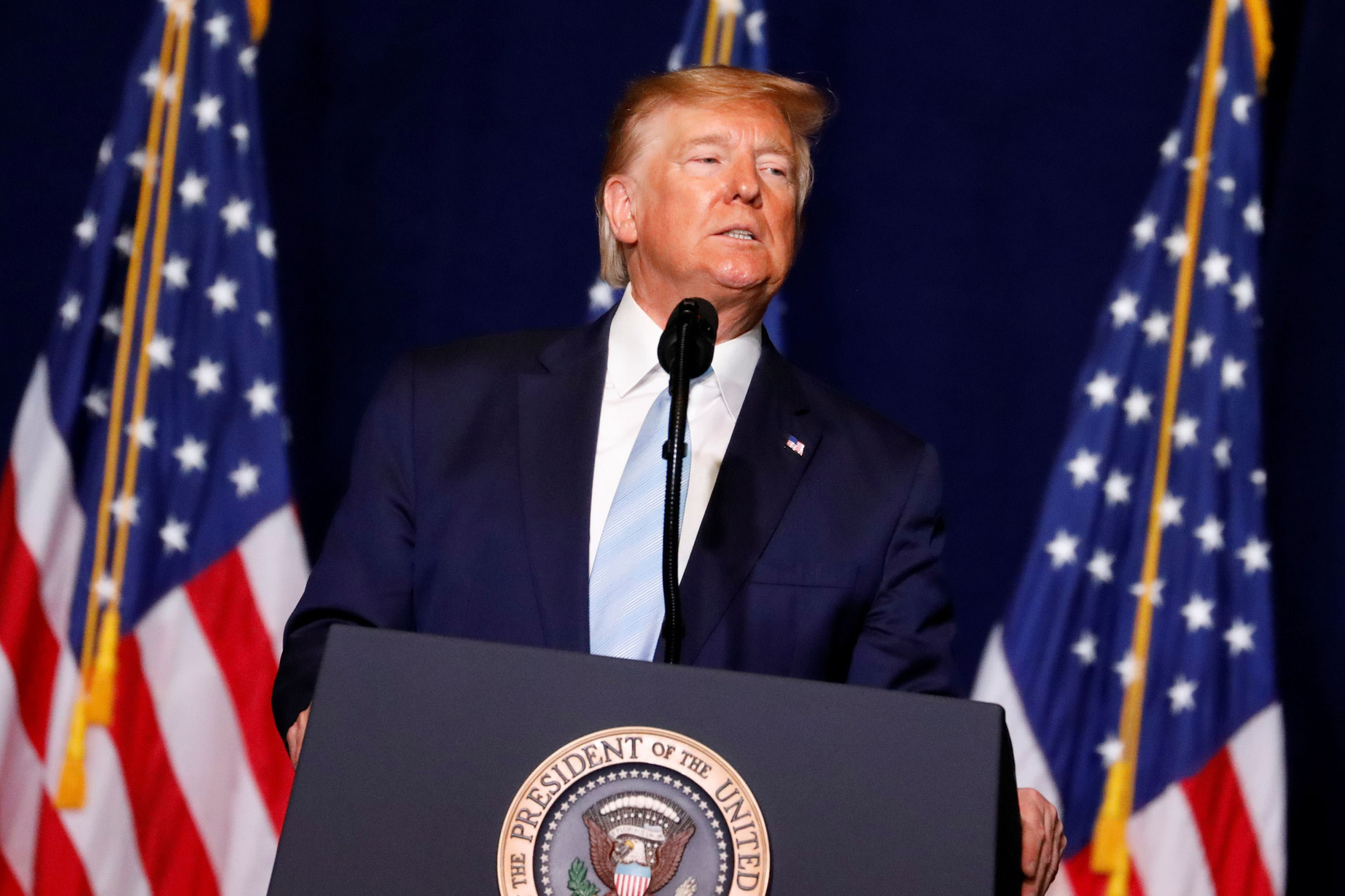The U.S. airstrike that killed Qassem Soleimani, head of Iran's Revolutionary Guard Quds Force, and Abu Mahdi al-Muhandis, a leader of Iranian-backed militias in Iraq, was not simply a sharp departure in the Trump administration's policy toward Tehran. It also marks a larger shift in America's response to Iranian influence and provocations in the Middle East. U.S. President Donald Trump has gambled that an extraordinary escalation will allow it to reassert control of an intensifying U.S.-Iran confrontation. It may actually work. But weathering the diplomatic and military fallout will require far greater skill and competence than Trump's team has displayed so far.
The political scientist Robert Jervis once distinguished between the "spiral model" and the "deterrence model" of conflict. In the spiral model, hitting an opponent simply causes him to hit you back; escalation begets escalation. In the deterrence model, hitting an opponent hard enough leads him to back down; escalation, or simply a show of strength, can beget de-escalation.
For much of the past two decades, the United States has mostly followed the logic of the spiral model in dealing with Iran. Iranian forces and Iraqi proxies under Soleimani's command used improvised explosive devices to kill hundreds of American troops following the U.S. invasion of Iraq in 2003. Yet the George W. Bush administration — while periodically confronting Iraqi Shiite radicals under Iranian influence — mostly refrained from targeting top Iranian operatives such as Soleimani, for fear of provoking escalation with Tehran and a political backlash within Iraq.



















With your current subscription plan you can comment on stories. However, before writing your first comment, please create a display name in the Profile section of your subscriber account page.